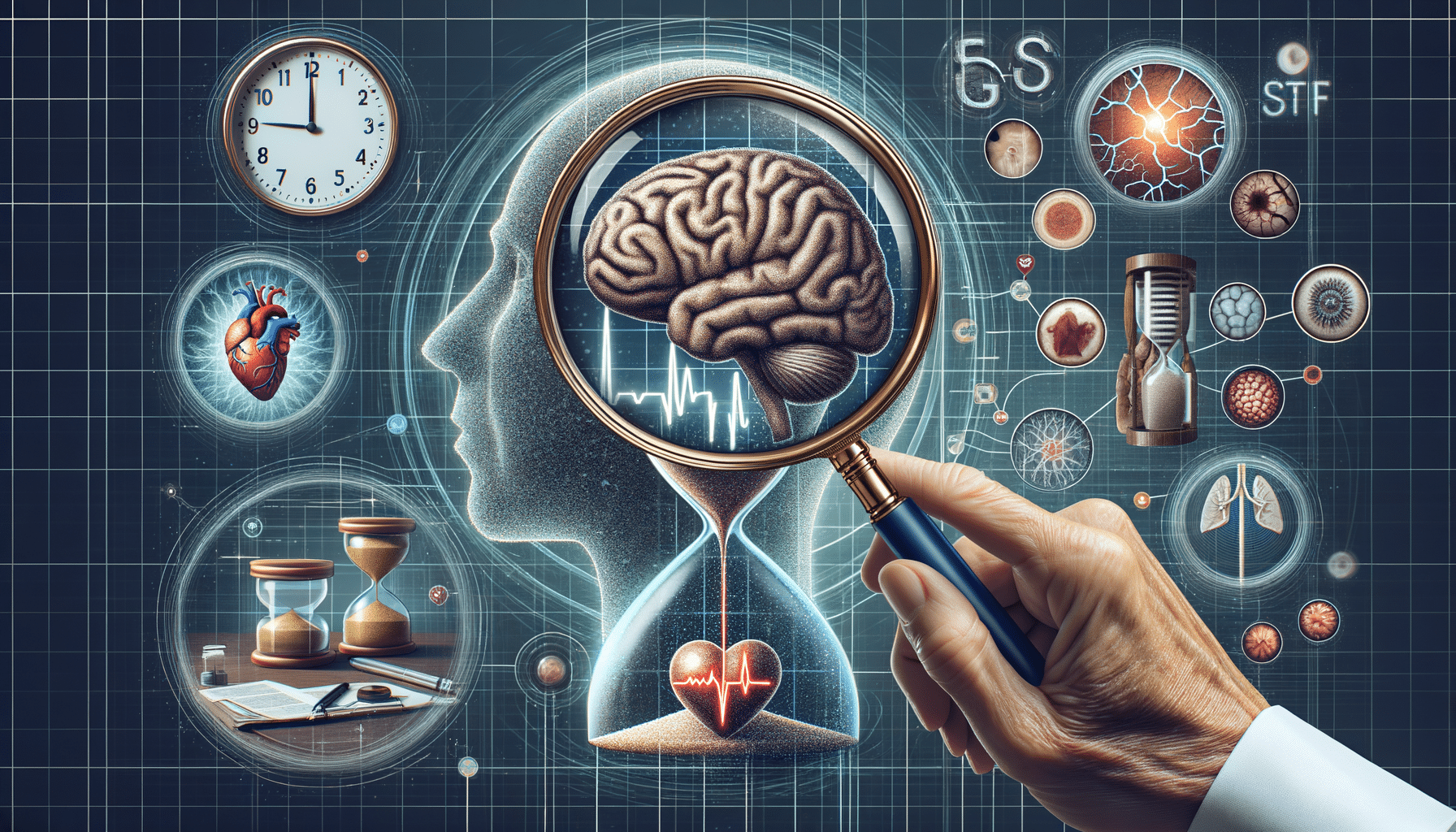
Spot Stroke Signs Early: A Guide to Prevention and Awareness
Introduction to Stroke Awareness
Understanding the early signs of a stroke can be crucial in preventing long-term damage and saving lives. A stroke occurs when the blood supply to part of the brain is interrupted or reduced, depriving brain tissue of oxygen and nutrients. Within minutes, brain cells begin to die. Recognizing the symptoms early and seeking immediate medical attention can significantly improve outcomes. This article explores the importance of spotting stroke signs early, the different types of strokes, and the steps to take if you suspect someone is having a stroke.
Understanding Stroke Types and Their Impact
Strokes can be broadly categorized into two main types: ischemic and hemorrhagic. An ischemic stroke, the most common type, occurs when a blood clot blocks or narrows an artery leading to the brain. On the other hand, a hemorrhagic stroke happens when a blood vessel in the brain bursts, leading to bleeding in the surrounding areas.
The impact of a stroke can vary greatly depending on its severity and the part of the brain affected. Common consequences include paralysis, speech difficulties, and memory loss. Understanding these types helps in recognizing the symptoms more effectively and underscores the importance of early detection.
- Ischemic Stroke: Often caused by atherosclerosis, which is the buildup of fats, cholesterol, and other substances in and on the artery walls.
- Hemorrhagic Stroke: Frequently linked to high blood pressure, aneurysms, and trauma.
Each type requires different approaches in management and treatment, highlighting the necessity for immediate medical evaluation upon the onset of symptoms.
Recognizing the Early Signs of a Stroke
Spotting the early signs of a stroke is critical. The acronym FAST is a helpful tool to remember the symptoms:
- Face drooping: Ask the person to smile, and check if one side of the face droops.
- Arm weakness: Ask the person to raise both arms. Does one arm drift downward?
- Speech difficulty: Is their speech slurred or strange? Ask them to repeat a simple sentence.
- Time to call emergency services: If you observe any of these signs, call for help immediately.
Other symptoms may include sudden numbness, confusion, trouble seeing in one or both eyes, difficulty walking, dizziness, or a severe headache with no known cause. Recognizing these signs promptly can be the difference between recovery and severe disability or even death.
Immediate Actions and Treatment Options
If you suspect someone is having a stroke, immediate action is crucial. Calling emergency services should be your first step. While waiting for medical personnel, ensure the person is in a safe position, preferably lying down with their head slightly elevated to reduce pressure on the brain.
Once medical help arrives, the treatment varies based on the type of stroke. For ischemic strokes, doctors often use clot-busting drugs like tissue plasminogen activator (tPA), which can significantly improve recovery if administered within a few hours of the first symptoms. Hemorrhagic strokes may require surgical interventions to repair damaged blood vessels and stop bleeding.
Quick action and appropriate treatment can greatly enhance recovery prospects and reduce the risk of severe complications.
Preventive Measures and Lifestyle Changes
Prevention plays a vital role in reducing the risk of stroke. Several lifestyle changes can help mitigate this risk:
- Maintain a healthy diet: Focus on fruits, vegetables, whole grains, and lean proteins.
- Exercise regularly: Aim for at least 150 minutes of moderate aerobic activity each week.
- Monitor blood pressure: Keeping it under control is crucial as high blood pressure is a significant risk factor.
- Quit smoking: Tobacco use increases the risk of stroke.
- Limit alcohol intake: Excessive drinking can lead to high blood pressure and other cardiovascular issues.
Additionally, managing chronic conditions such as diabetes, high cholesterol, and heart disease can further reduce the likelihood of a stroke. Regular check-ups with healthcare providers can help in early detection and management of these conditions.
Conclusion: The Importance of Awareness and Education
Recognizing and responding to the early signs of a stroke can save lives and prevent long-term disability. Education and awareness are key components in combating the effects of strokes. By understanding the types of strokes, recognizing symptoms, and knowing how to respond, individuals can make a significant difference in outcomes.
Encouraging lifestyle changes and regular medical check-ups also play a critical role in prevention. As stroke awareness grows, the ability to reduce its impact on individuals and families becomes more attainable. Stay informed, stay prepared, and help spread awareness about the importance of spotting stroke signs early.